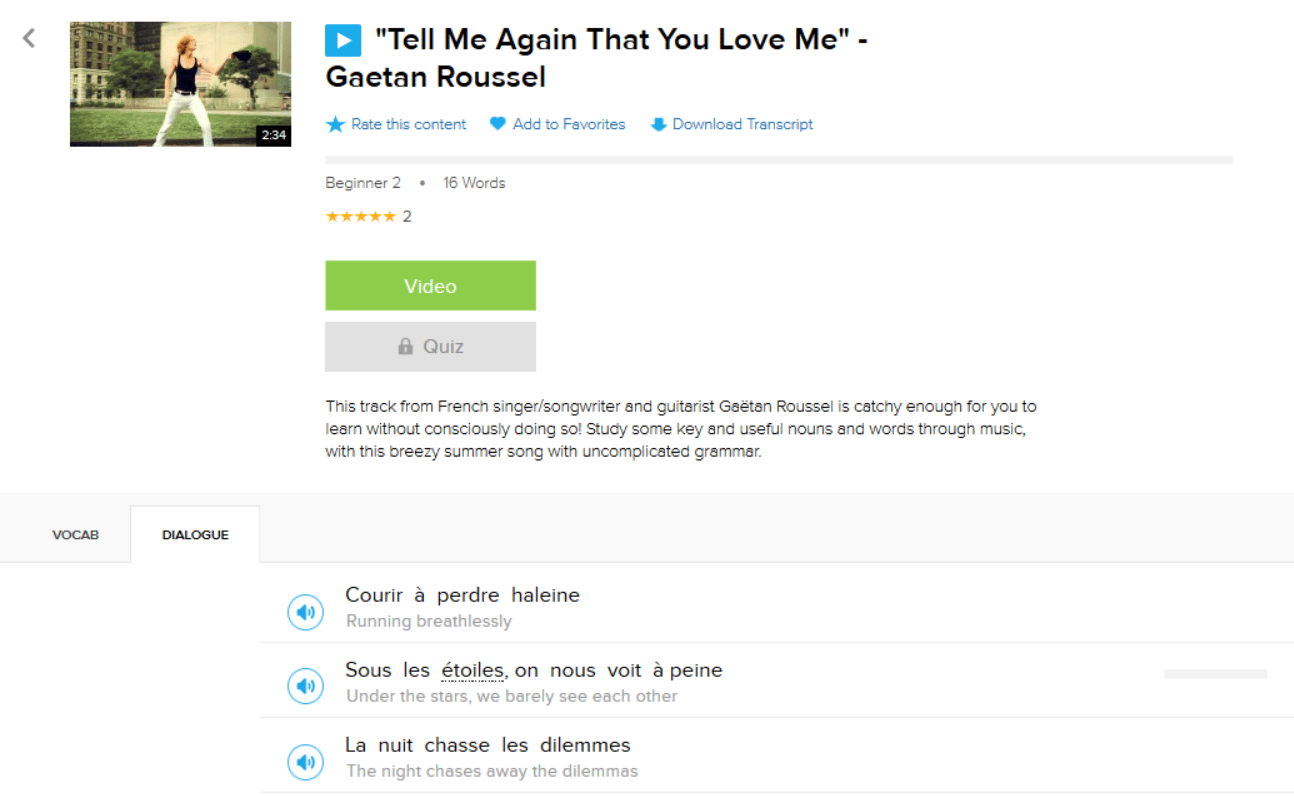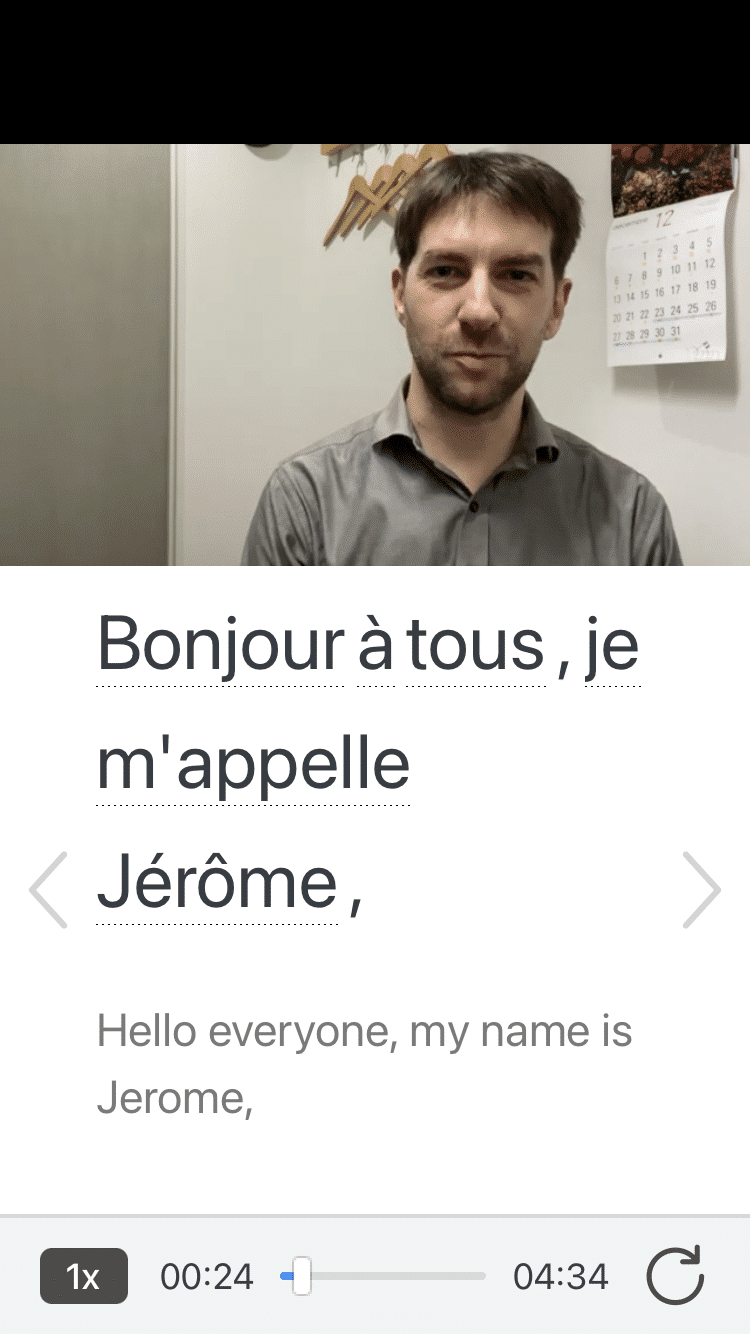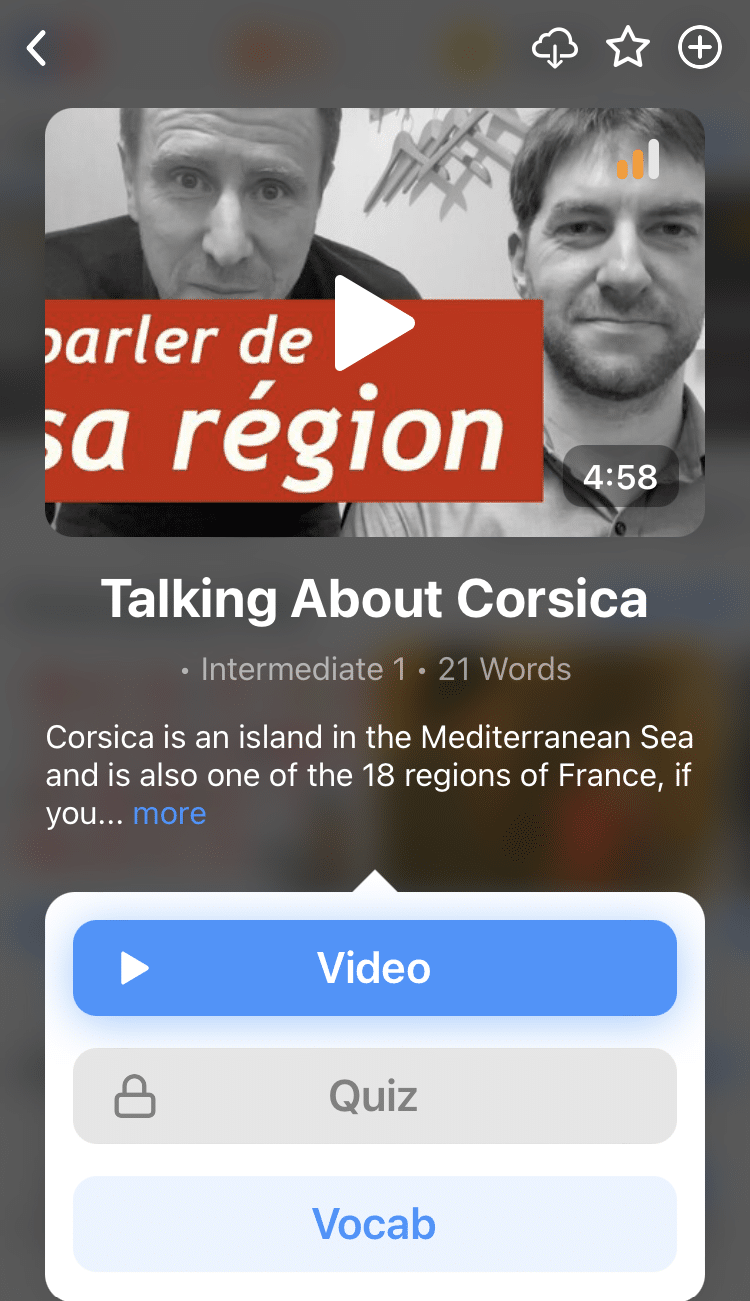French Cases and How They Can Help You Learn the Language

Cases are essential for a language like Russian or German… Not so much for French, but they could still help you make sense of French grammar.
There are actually some words in French that change according to case, and a basic understanding of French cases could set you on the path of better understanding.
Download: This blog post is available as a convenient and portable PDF that you can take anywhere. Click here to get a copy. (Download)
What Are Cases?
In languages that use cases, words change forms according to the role they play in the sentence. Often these changing words are nouns, but other words may also shift: adjectives, pronouns, etc.
To help you understand better, consider these English sentences:
I see her.
She sees me.
“I” and “she” are both subjects, while “her” and “me” are both objects. You can’t replace “I” in the first sentence with “me,” or “her” with “she,” and so on. In these examples, the form of each pronoun tells you which function they have in the sentence.
That’s exactly how case languages work.
Of course, English is not a true case language. It has just retained this feature with words like pronouns to aid in clarity of communication. The same is true for French.
However, even in non-case languages, understanding how cases work can help you understand why certain words change forms.
As a French learner, you don’t need to memorize the terminology below. In fact, native French speakers probably don’t even know these terms or explanations! But if you’ve struggled with, say, learning French pronouns, then understanding “French cases” might be the thing you need to make it all click.
French Nominative Case
The nominative case (sometimes called the subjective case) is used when a word is the subject of a sentence. For example:
Je veux un mugcake. (I want a mug cake.)
In that sentence, Je (I) is in the nominative case because it’s the subject of the sentence. Simple enough, right?
So, just like when you see the English word “I” in a sentence, you know you’ve found the subject if you see the French word je, no matter where it appears.
If I say, “I want a mug cake,” I’m talking about myself and what I desire. If I went full Yoda and said, “A mug cake, I want,” you might correct my word order, but you wouldn’t be confused about my meaning. (And while it’s true that if I said, “Me want a mug cake,” you’d probably come away with the same conclusion, this is really because of how ingrained word order is in English.)
The point is, putting a pronoun into the nominative case helps secure its position as the focus of the sentence, even in non-case languages like French and English.
French Genitive Case
The genitive case (sometimes called the possessive case) is generally used to show possession. Let’s look at it in an example from this video:
Première étape, je vais mettre le beurre et le chocolat dans mon mug directement. (First step, I’m going to put the butter and the chocolate directly into my mug.)
Here, we have another example of the nominative case with je, and then we have mon (my), which shows possession of the mug.
If we didn’t have mon, we would either have to repeat je in front of mug (making the sentence cluttered and unfocused), or we would have to say something like le mug de moi (the mug of me/mine, which is clunky as well).
When you think about it that way, mon can be seen as a variation of je rather than a separate, special word you have to memorize. It’s there to make communication easier and more efficient.
French Accusative Case
The accusative case is mostly used for direct object pronouns. Remember that a direct object receives the action in the sentence.
Let’s take an example from a “talking cat” with a box on its head in this funny video:
Et là, tu me vois là ? (And now, do you see me now?)
Here, we have me (me) in the accusative case. Me is yet another variant of the French personal pronoun referring to “me,” “I,” etc.
In the above sentence, the cat “speaking” in the first person is also the direct object being acted upon—it is (or is not) being seen, and me makes that clear.
If it helps, you can think of direct object pronouns as words that pull the action of a sentence toward themselves.
French Prepositional Case
Strictly speaking, French doesn’t have a prepositional case (but again, French doesn’t really have any cases).
The proper pronoun to use after a preposition in French is a stressed pronoun, and stressed pronouns can be used in a variety of contexts. They might, in fact, be what you think of as the most basic form of pronouns. For example, moi (me), toi (you), etc.
It just so happens that one of the ways we use these pronouns is after a preposition. Take a look at an example from this amusing video where Boris from L’Obs asks Siri a life-changing question:
Est-ce que tu veux te marier avec moi ? (Do you want to marry me?)
In French, the question is literally: “Do you want to marry with me?” Rather than use a direct object pronoun in French, then, we use a stressed pronoun.
Just remember that you can and will see these forms in other contexts; they’re not exclusively used with prepositions.
French Dative Case
The dative case is typically used for indirect object pronouns—the word that receives the direct object of the sentence. For instance, if I ask you to give me the mug cake and you do, I could say:
Tu me donnes le mugcake. (You give me the mug cake.)
Here, you’re not giving me, you’re giving the mug cake to me. I am the indirect object of the sentence, represented in French by me, which covers the full meaning of à moi (to me).
You might have noticed that me is used as both a direct object pronoun and an indirect object pronoun. While some personal pronouns do change forms in this situation, me looks the same. You can find all the French pronoun forms in this post.
To get a better idea of how and when to use each form, look for real-life examples. You’ll find them in articles, books, songs and videos, like those featured on FluentU.
FluentU takes authentic videos—like music videos, movie trailers, news and inspiring talks—and turns them into personalized language learning lessons.
You can try FluentU for free for 2 weeks. Check out the website or download the iOS app or Android app.
P.S. Click here to take advantage of our current sale! (Expires at the end of this month.)
Non-case languages like French and English often allow us an illusion of sameness, which can sometimes make understanding grammar harder.
But discovering that it’s possible to make a cake in the microwave can change the way you see the world forever—just like learning about French cases can!
Download: This blog post is available as a convenient and portable PDF that you can take anywhere. Click here to get a copy. (Download)
And one more thing...
If you like learning French on your own time and from the comfort of your smart device, then I'd be remiss to not tell you about FluentU.
FluentU has a wide variety of great content, like interviews, documentary excerpts and web series, as you can see here:

FluentU brings native French videos with reach. With interactive captions, you can tap on any word to see an image, definition and useful examples.

For example, if you tap on the word "crois," you'll see this:

Practice and reinforce all the vocabulary you've learned in a given video with learn mode. Swipe left or right to see more examples for the word you’re learning, and play the mini-games found in our dynamic flashcards, like "fill in the blank."

All throughout, FluentU tracks the vocabulary that you’re learning and uses this information to give you a totally personalized experience. It gives you extra practice with difficult words—and reminds you when it’s time to review what you’ve learned.
Start using the FluentU website on your computer or tablet or, better yet, download the FluentU app from the iTunes or Google Play store. Click here to take advantage of our current sale! (Expires at the end of this month.)








